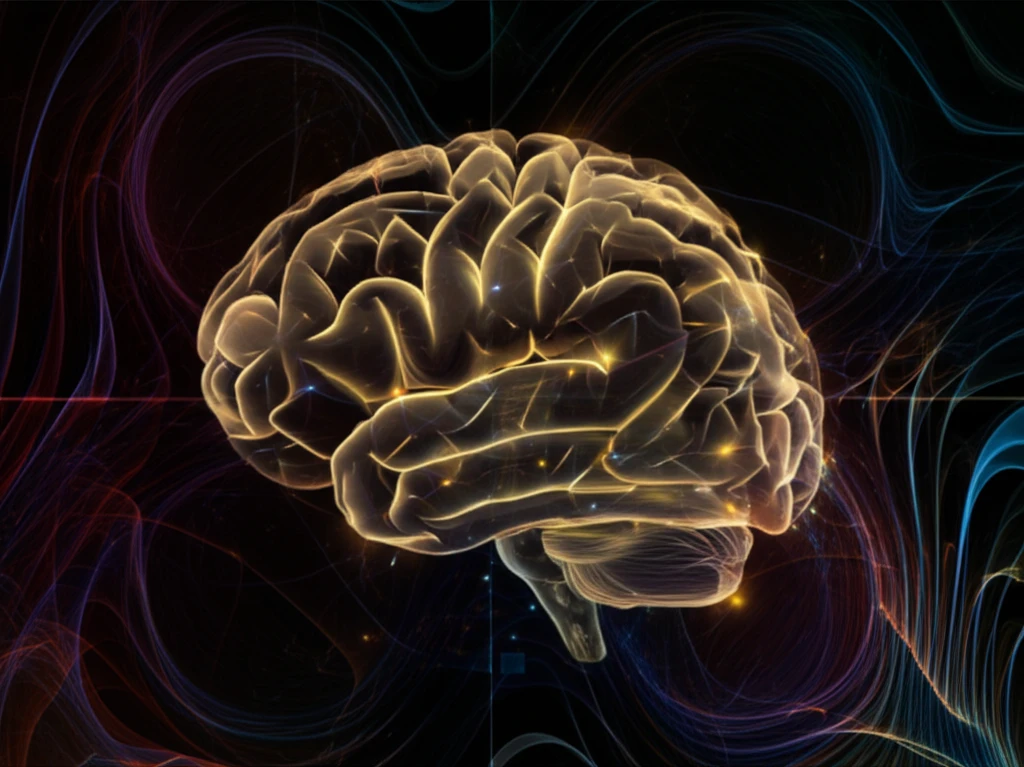
Unlocking Your Brain's Hidden Potential: How Brain States Impact Sensory Perception
"Discover how understanding conscious and nonconscious brain states can revolutionize learning, focus, and overall cognitive performance."
Our brains are always active, constantly processing information, even when we're asleep. But have you ever stopped to think about how much more differently your brain processes sensory experiences when you are fully alert versus when you are deeply relaxed or distracted? It's a game-changer in how we understand ourselves and our cognitive potential.
For a long time, scientists thought the brain pretty much shut down during sleep. Now, increasing evidence shows that sensory stimuli are processed across all brain states—just differently. Understanding how these different brain states affect sensory processing is a key factor in understanding consciousness and cognitive performance.
This article dives into the science behind how our brains process sensory information across different states of consciousness. We'll explore how your brain navigates the world, from the smallest neuron to large-scale networks, and offer valuable insights to optimize focus, learning, and cognitive performance.
What Exactly Is a 'Brain State' and Why Does It Matter?

The traditional view of brain states, linking them to either behavior or dominant brain activity, isn't cutting it anymore. Wakefulness isn't just wakefulness, and sleep isn't just sleep. They're dynamic, ever-shifting landscapes of neural activity.
- UP States: Neurons are depolarized, making them more likely to fire.
- DOWN States: Neurons are hyperpolarized, inhibiting firing.
The Future of Understanding Brain States
By understanding how our brains process information in different states, we can guide future studies aiming to uncover the mechanisms of sensory processing and perception across brain states. More than ever, neuroscience research is showing how interconnected our experiences, states of mind, and potential truly are.
